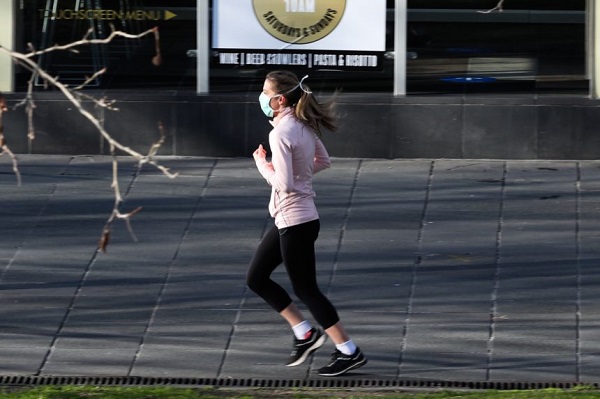Resumption of Athletic Activities in Pediatric Patients Following COVID-19 Infection

Pediatric patients with COVID-19 should be treated differently than adult patients for sports participation clearance.
An expert analysis on the return to sports and resumption of physical activity for children and adolescents following coronavirus disease 2019 (COVID-19) was posted on the American College of Cardiology (ACC) website. While there have been statements released on this topic from adult cardiologists, none have been issued by pediatric providers.
The perspective of pediatric cardiologists is essential as the presentation of COVID19 infections differ in children and adults. Pediatric providers are expected to frequently be asked return-to-play questions for patients who may have had milder symptoms from COVID-19. In addition, the intensity of the array of youth and school-based sports varies, prompting the need for providers to evaluate patients on an individual basis. The pediatric population is less reliant on electrocardiograms (ECGs), echocardiograms, stress testing, and troponins for general screening and for clearing them for exercise and sports. Lastly, the use of the COVID19 positive pathway algorithm in pediatric populations to determine whether symptoms are COVID-19-related when patients test negative for the virus, may not be adequate. When considering the question of return-to-play, the pediatric provider should consider the following: How recent was the COVID19 infection?; How severe was the infection?; and What is the physical activity or sport being considered?
Providers should be aware that, while myocarditis is not as common in pediatric as in adult populations, this condition may lead to sudden death during exercise or play in youths. In the absence of suspicion of myocarditis or myocardial involvement during acute COVID-19 infection, patients should be without COVID-19 symptoms for at least 2 weeks before returning to athletic activities. This will allow for the full clinical manifestation of COVID-19 to take place and will reduce the risk of transmitting the infection to teammates or opponents.
Treatment should be similar for children with asymptomatic or mild COVID-19 infections vs other viral illnesses, and they should refrain from participating in sports while actively sick or febrile and gradually return to activity as they feel well enough to do so. These patients will most likely not need cardiac testing in order to return to sports participation. Pediatric patients with more severe cases of COVID-19 (eg, requiring hospitalization, abnormal cardiac testing during the infection, and/or multisystem inflammatory syndrome in children [MIS-C]) should be restricted from practicing sports for 3 to 6 months and only resume activities when/if cardiac testing (ie, ECG, echocardiogram, 24-hour Holter monitor, exercise stress test and possibly cardiac magnetic resonance imaging) has normalized. In the absence of data on the long-term impact of COVID-19 in pediatric patients with MIS-C, a conservative approach for return to activity is indicated for this population.
Many older pediatric patients (≥12 years) who want to return to high school or collegiate sports may have experienced subclinical myocardial injury despite an absence of cardiac symptoms. ECG testing and the application of recommendations formulated for adult patients are advised in this patient population. These recommendations include high-sensitivity troponin testing and echocardiogram. For younger patients (<12 years) with reassuring history and examinations, cardiac testing is not required for return-to-play activities.
“[E]ven with extensive cardiac testing we will never be able to completely rule out all cases of myocyte damage or predict with absolute certainty which patients with acute infections are at risk for cardiac involvement,” noted the authors. “For this reason, we encourage youth sports and high school sports to reevaluate their emergency action plans to ensure appropriate [cardiopulmonary resuscitation], defibrillation and emergency medical care is provided if a sudden cardiac arrest occurs.”
Reference
Dean PN, Jackson LB, Paridon SM. Returning to play after coronavirus infection: pediatric cardiologists’ perspective. American College of Cardiology. https://www.acc.org/latest-in-cardiology/articles/2020/07/13/13/37/returning-to-play-after-coronavirus-infection. Published July 14, 2020. Accessed July 21, 2020.
Story Credit: https://www.thecardiologyadvisor.com/home/topics/pediatric-cardiology/return-to-play-following-pediatric-covid19-infection/
Click here to SUBSCRIBE to our news letters.
For as little as $1 per week, you can support preventative heart screenings and save a life! It only takes a minute to donate. Help us save a child's life today. Thank you. -The SafeBeat Team


